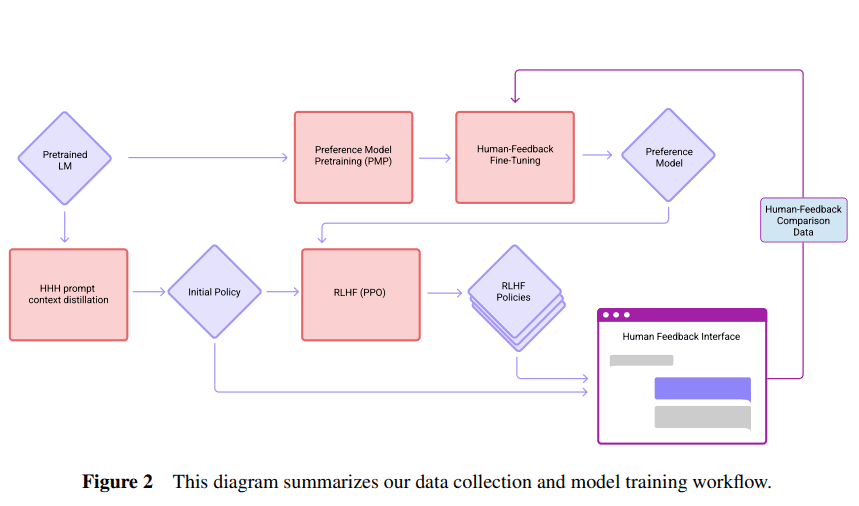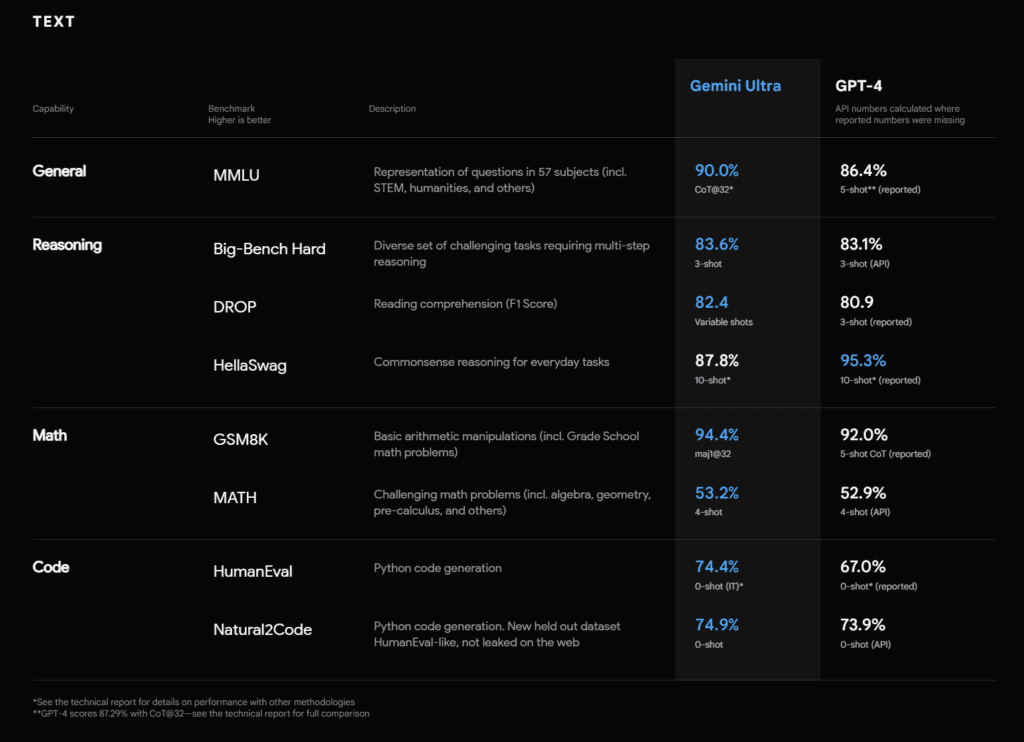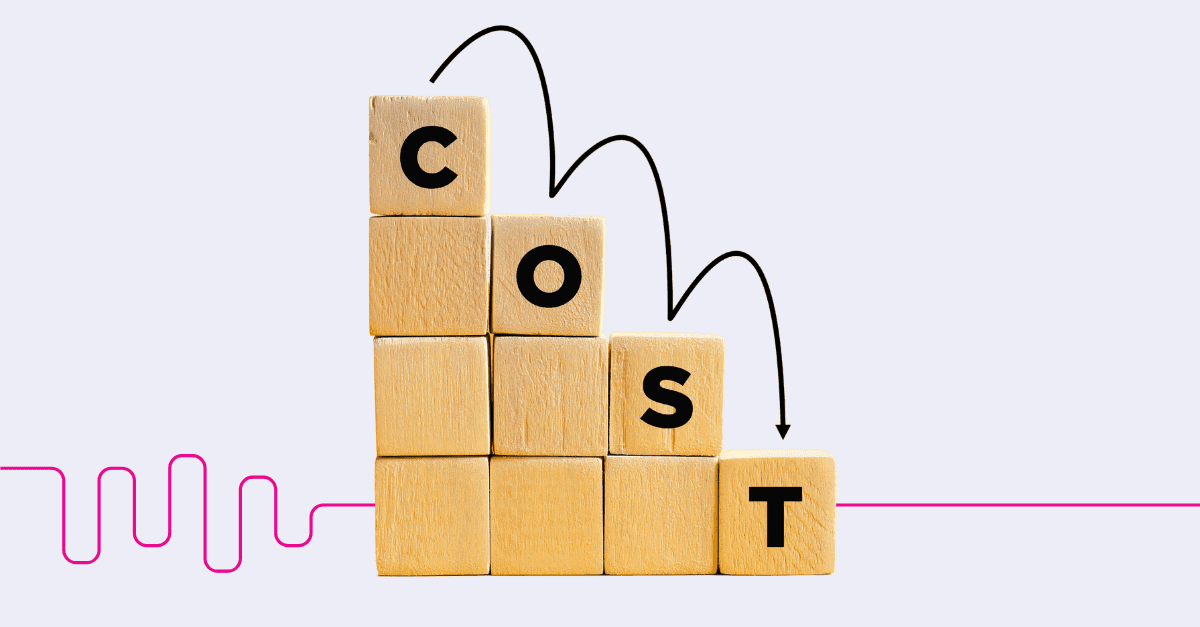How to Reduce Costs in LLMs
Over the past year, open-source Large Language Models (LLMs) have experienced significant advancements. These leaps forward are a consequence of the expanding pool of data, the emergence of innovative training methodologies, and the escalating demand for artificial intelligence (AI) solutions. With their transparent, open-access, and modifiable nature, these LLM-models present an excellent choice for those seeking alternatives to proprietary LLMs like Google’s Gemini, X’s Grok, Meta’s LLaMa, Anthropic’s Claude and OpenAI’s GPT.
In this article we will explore a range of different LLMs, aiming to provide clarity and guidance for selecting the most suitable model tailored to your requirements. Furthermore, we’ll examine the integration of Teneo with the cost-effective strategies of FrugalGPT, revealing how you can potentially reduce your LLM-related expenses by up to 98%.
What is Open-Source vs Close-Source LLM?
- Open-source LLMs are the collaborative frontier of artificial intelligence, freely accessible to developers and researchers. These models encourage innovation, as users can modify, distribute, and build upon the existing code, fostering a community-driven approach to AI development. The development of open-source Large Language Models (LLMs) often prioritizes transparency. This approach allows for in-depth scrutiny and a better understanding of how these models operate.
- In contrast, closed source LLMs are proprietary models developed by companies and organizations. There’s limited access to their internal architecture and training algorithms, requiring a license or subscription for use. This restriction is part of their usage terms. Closed source LLMs may offer advanced features and support, but their opaque nature limits independent research and customization.
Both types of LLM models play pivotal roles in the advancement of natural language processing, each with its own set of advantages and considerations for users depending on their project requirements and resources. When picking an LLM, if your intention is to just use it without modifying anything, then picking the right one should manage in factors such as performance, costs, and speed over it being close or open sourced.
What are the different strengths of each Large Language Model (LLM)?
GPT
OpenAI’s GPT is a close-sourced LLM. GPT-4, the latest release, has 1.5 trillion parameters. Its capabilities for intricate language pattern recognition and generation are unparalleled. GPT-models excel in understanding context and producing fitting responses. Their versatility is demonstrated in performing various natural language tasks without task-specific training data. The GPT model also has a chat, the ChatGPT, which uses a different LLM. Compared to that, GPT-4 performs significantly better:

Grok
Grok is an open-sourced LLM by X (former Twitter). It is trained using X’s data and designed to answer questions with a bit of wit. Adding, “Please don’t use it if you hate humor!”. While it’s still in preview mode for platform users, the cost stands at $16 per month. Furthermore, X has shared test results comparing Grok’s performance to other LLMs:

LLaMa
LLaMa, an open-source LLM from Meta. The initial version, launched in February 2023, featured four models trained on 7, 13, 33, and 65 billion parameters. A subsequent version was released a few months later, developed in partnership with Microsoft. Here’s a summary of the tests they conducted:

Claude
Claude from Anthropic which focuses on AI safety. Despite being a closed-source Language Learning Model (LLM), it frequently publishes research papers for the betterment of the field. Substantial resources are invested to train Claude on the principles of being Helpful, Honest, and Harmless (HHH), which are key components in building AI systems that align with user interests. The ‘Helpful’ aspect signifies Claude’s desire to assist users, ‘Honest’ implies that Claude shares information believed to be accurate while avoiding fabrication, and ‘Harmless’ assures that Claude will not support user engagement in harmful activities.

Gemini
Gemini is close-sourced, and the latest LLM was released by Google. The LLM is built from the ground up for multimodality. Also, Gemini can seamlessly reason across text, images, video, audio, and code. This closed-source model, released in December 2023, is claimed by Google to outperform GPT-4 based on their experiments. You can interact with and test Gemini on Google Bard AI.

Which LLM Should I Use?
Given the variety of Language Learning Models (LLMs) available, you might be wondering which one would best suit your specific needs. Consequently, using LLMs comes with a very high cost, and its recommended to use an AI Orchestration platform to organize the use of LLMs to avoid high and unnecessary costs. Lets dive into how LLM costs can be reduced.
How to Save Costs in LLMs – LLM Efficiency With FrugalGPT
At Teneo.ai, we specialize in harnessing the power of FrugalGPT, developed by researchers from Standford University, to transform your Generative AI experience, balancing cost-effectiveness with high performance. Teneo is compatible with any LLM and helps with:
- 98% Cost Reduction in LLMs: Significantly lower your LLM expenses with Teneo.ai’s innovative approach.
- Performance and Reliability: 4% increase in robust performance for the same LLM cost upheld by Teneo’s RAG and Accuracy Booster.
- Sustainable Generative AI: Language Models (LLMs) are resource intensive. Teneo reduces computational power and energy as Teneo selects less-powerful, less-energy intensive models to generate answers.
Subscribe to Our Newsletter
Ready for LLM Transformation?
Get a FREE assessment workshop comparing your current AI with FrugalGPT.

